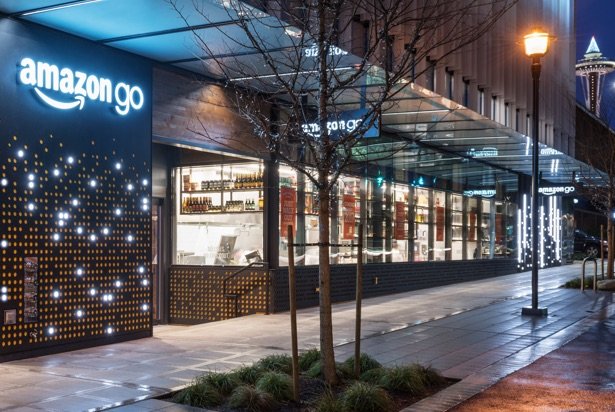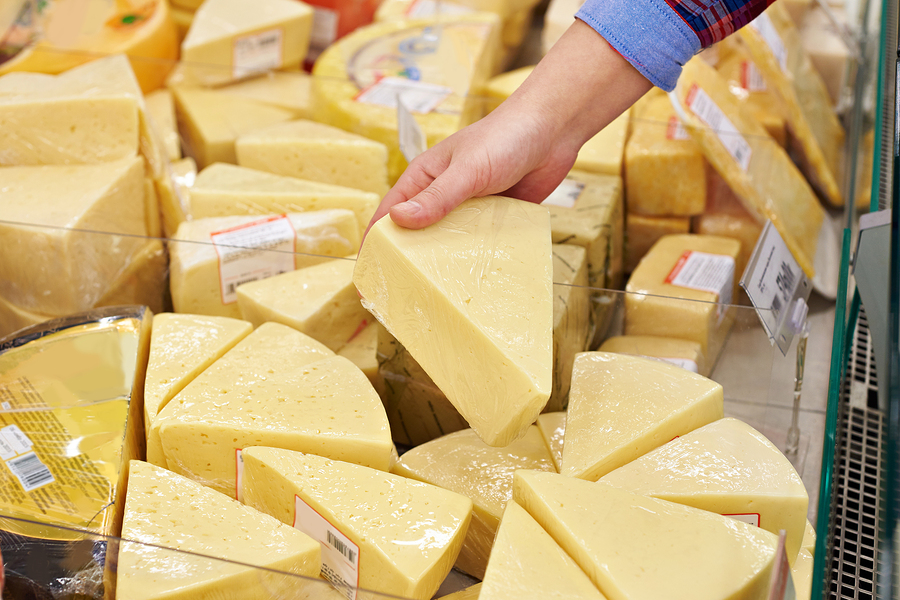
Emergent Announces Emerge Partnership with FMI
July 10th, 2018 Posted by Emergent CMO, Emerging brands, Food Trend, Growth, Healthy Living, Navigation, retail brand relevance, Supermarket strategy 0 comments on “Emergent Announces Emerge Partnership with FMI”Mentoring for the greater good in food and beverage business
Today Emergent formally announces a partnership with the Food Marketing Institute’s new Emerge platform, a forum to help nurture and grow new, developing food brands on their way to potential stardom.
FMI recently created Emerge (love the name!!) as a path to helping its stakeholder base of food retailers and CPG brands, realize growth opportunities presented by investments in developing food and beverage companies. It’s no secret these nascent brands are now gaining shelf space and consumer devotion, often at the expense of legacy brands that at one time dominated the food preferences of American households.
- At stake for all is helping scale these new enterprises without inadvertently upsetting the proverbial applecart ̶ by violating the product truths and marketing rules that influence their hard-won fan base.
Emergent was established to help food, beverage and lifestyle brands successfully navigate the sea change from interruption style, talk-at marketing and communications to a more healthy lifestyle relevant and participatory model. In keeping with this mission, we have focused also on emerging brands and the distinct differences that govern their go-to-market best practices.
We saw an opportunity through our long-standing alliance with FMI and the evolution now taking place at food retail, to be of greater service and value in helping organizations deal with the seismic changes going on in the industry. We have joined Emerge as a Mentoring partner, there to offer our deep experience and familiarity with how consumers behave and marketplaces evolve, to help these new food ideas gain a faster footing in the race to meaningful volume.
We’ve had the distinct pleasure of meeting and guiding entrepreneurs who are making a difference in their efforts to create a sustainable business while also embracing a higher purpose. This matters to us greatly because we have a mission, too.
Our higher purpose is to influence the health and wellbeing of people by helping improve the food and beverage industry’s efforts to align more closely with preferences for a healthier lifestyle. Our values are their values and vice-versa.
As business people we respect the need for all parties to achieve scale while maintaining the integrity of the original concept and remaining faithful to the principles that guided the creation of the business.
In this, we are Mentors that understand the motivations and desires of those who create these new companies as much as we know intimately the needs of people who buy and consume their products.
For that reason we’re honored to join with FMI in this endeavor to embrace change and be a catalyst for helping the industry adapt. The food industry is unique in its blending of technology and emotion – a perfect alchemy that respects the fact we eat to nourish and experience enjoyment, while recognizing the impact the food system has on the world around us.
Best time ever to be in the food and beverage brand building business!! Thanks FMI for inviting us.
Looking for more food for thought? Subscribe to our blog.
Bob Wheatley is the CEO of Chicago-based Emergent, the healthy living agency. Emergent provides integrated brand strategy, communications and insight solutions to national food, beverage, home and lifestyle companies. Emergent’s unique and proprietary transformation and growth focus helps organizations navigate, engage and leverage consumers’ desire for higher quality, healthier product or service experiences that mirror their desire for higher quality lifestyles. For more information, contact [email protected] and follow on Twitter @BobWheatley.





